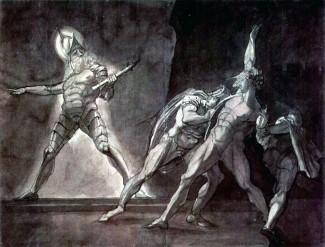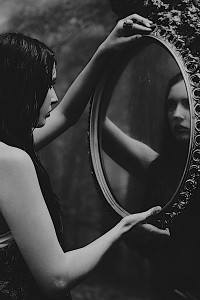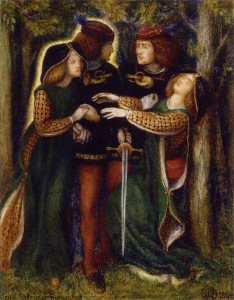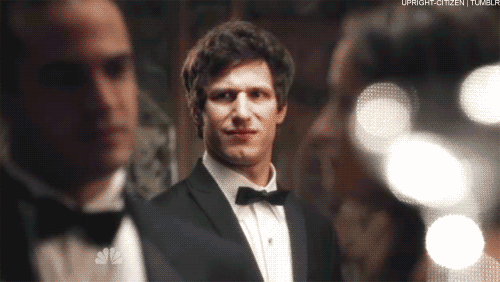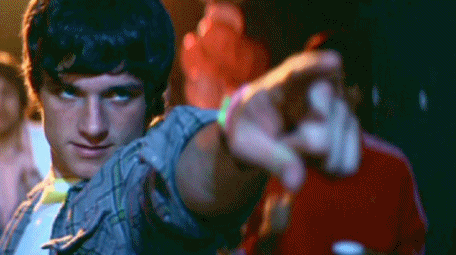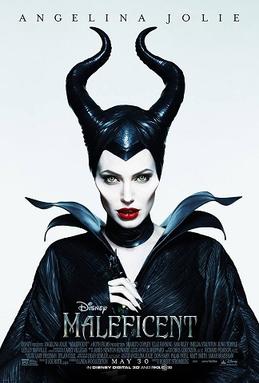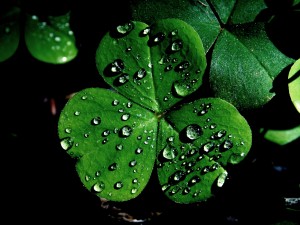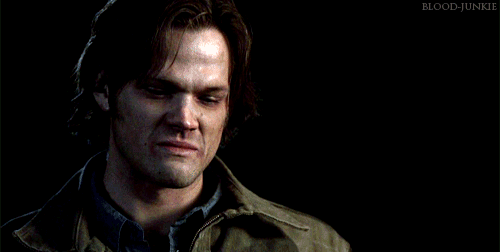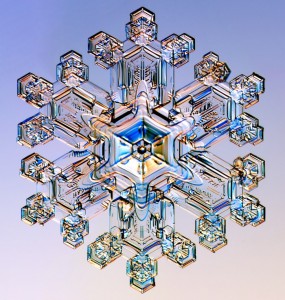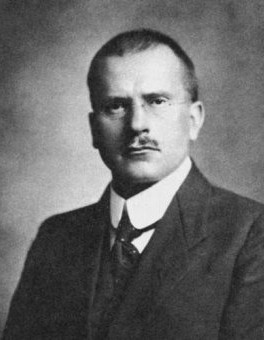The end of October approaches–the days grow colder and darker and the leaves twist and scurry, pushed and pulled by chill breezes. But is it only the wind that taps against our windows and creeps beneath our locked doors? Or is it something more sinister, something that lurks in shadows and darkens our dreams?
With Hallowe’en less than a week away, I thought I’d tackle some of the creepier monsters in myth and legend, starting today with ghosts. The spirits of the dead are known to creep closer as November approaches, waiting for that time when the veil is thin enough for them to go wailing out into the night, bemoaning lives wasted and loves lost. With no further ado, here are six of the creepiest ghosts in literature.
1. King Hamlet, Hamlet
“Murder most foul!” Shakespeare employed ghosts as a device in more than one of his plays, but the ghost of Hamlet’s murdered father is by far the creepiest. He wanders purgatory with blood trickling from his ear, reliving his murder and demanding revenge. Later, he haunts his traitorous wife’s closet wearing only a nightgown. *shudder*
2. The Headless Horseman, The Legend of Sleepy Hollow
Supposedly a Hessian soldier hired to suppress the American Revolution who was beheaded by an errant cannonball. Every night, astride a demonic steed, the headless specter gallops through the streets of Sleepy Hollow with his severed head lashed to the pommel of his saddle. And beware to those who cross his path–he might subject you to the same fate that ended his life.
